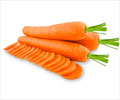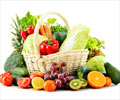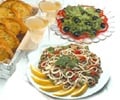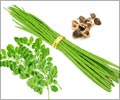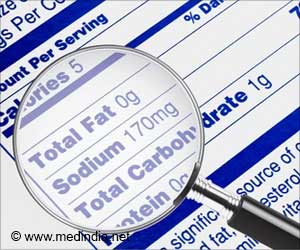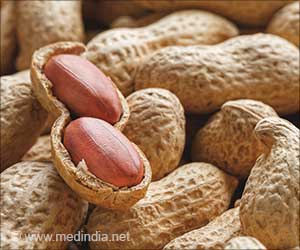Terming vegetables as Healthy restrictive, Healthy positive, Indulgent and basic on labels made people increase their vegetable intake.
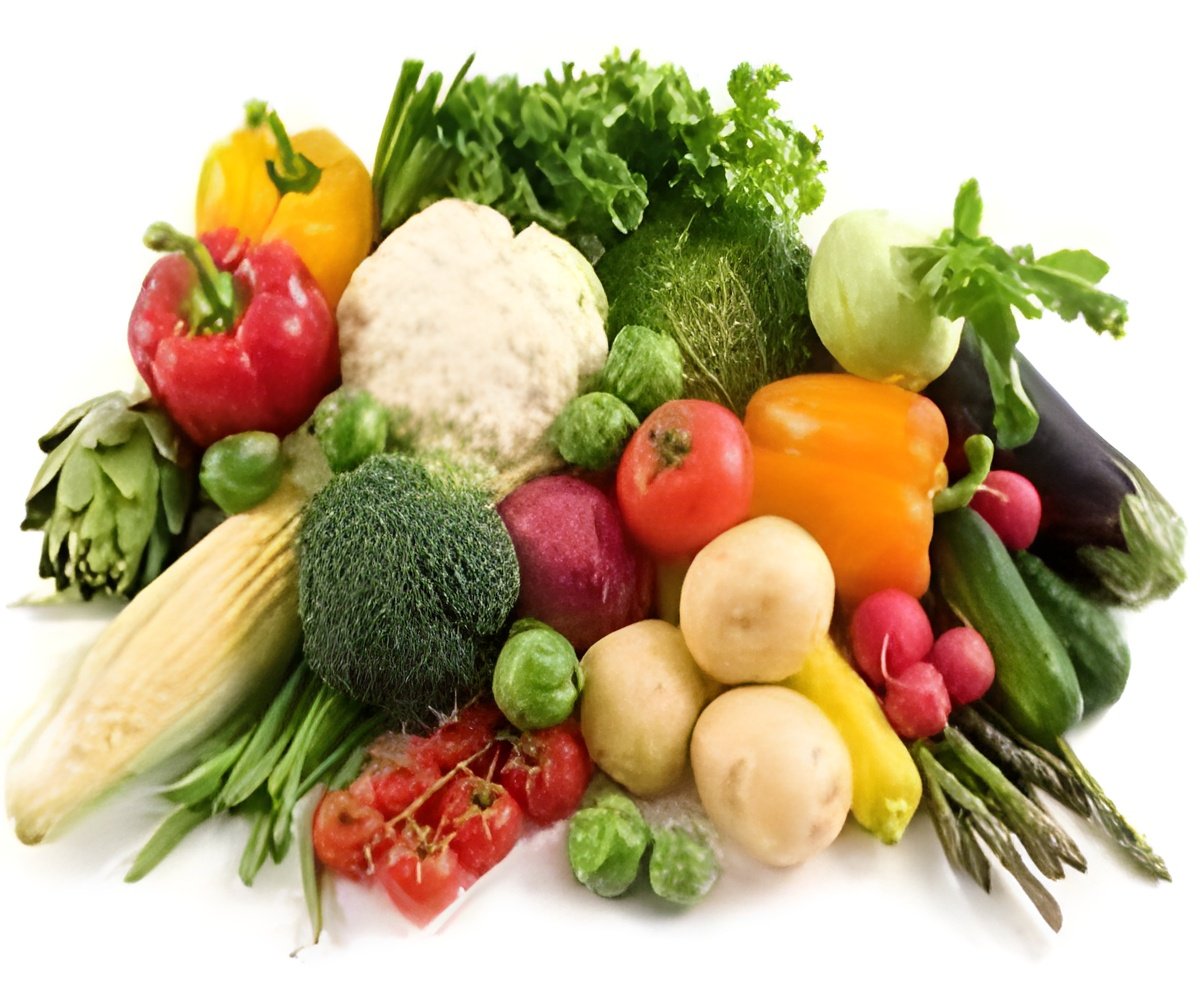
‘Indulgent labeling of vegetables resulted in 25 percent more people selecting the vegetable compared with basic labeling.’





Each day, one vegetable was labeled in 1 of 4 ways: - Basic (e.g., beets, green beans or carrots)
- Healthy restrictive (e.g., "lighter-choice beets with no added sugar," "light ’n’ low-carb green beans and shallots" or "carrots with sugar-free citrus dressing")
- Healthy positive (e.g., "high-antioxidant beets," "healthy energy-boosting green beans and shallots" or "smart-choice vitamin C citrus carrots")
- Indulgent (e.g., "dynamite chili and tangy lime-seasoned beets," "sweet sizzilin’ green beans and crispy shallots" or "twisted citrus-glazed carrots").
Research assistants discretely recorded the number of diners who selected the vegetable and weighed the mass of vegetable taken from the serving bowl. During the study, 8,279 of 27,933 diners selected the vegetable.
Indulgent labeling of vegetables resulted in 25 percent more people selecting the vegetable compared with basic labeling, 41 percent more people than the healthy restrictive labeling and 35 percent more people than the healthy positive labeling, according to the results.
Indulgent labeling of vegetables also resulted in a 23 percent increase in the mass of vegetables consumed compared with basic labeling and a 33 percent increase in the mass of vegetables consumed compared with the healthy restrictive labeling. There was a 16 percent nonsignificant increase compared with the healthy positive labeling.
The authors note they were unable to measure how much food was eaten individually by cafeteria patrons, although people generally eat 92 percent of self-served food.
Advertisement
Source-Eurekalert


